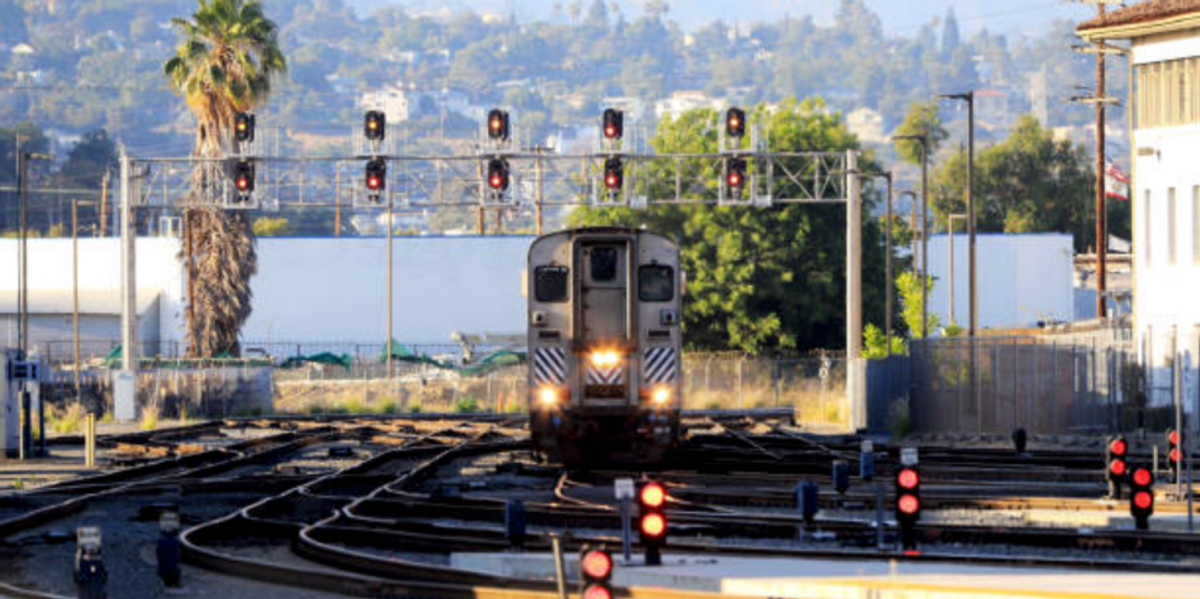Just a handful of private companies control the majority of the U.S. freight rail network, leaving large swaths of the country with access to just one or two privatized railroads. The heavily concentrated rail industry’s model of maintaining “supernormal profits” and delivering for shareholders by slashing investment, McDonald wrote, runs directly counter to public priorities, including expanded passenger service.
Amtrak, the United States’ passenger rail corporation, is managed as a for-profit company and “runs passenger service on tracks that are typically owned by the private Class 1 railroads,” McDonald observed. While private railroads are by law required to give preferential treatment to Amtrak’s passenger trains over freight, “this has rarely been enforced,” leading to often terrible performance.
Bringing the U.S. rail system under public ownership, the new report argues, would be transformational, allowing for greater investment in passenger and freight rail and thus helping to shift away from costly and heavily polluting on-road transportation.



I went to college in a town called college station. By the time I was a student public service had been shut down for 20 years. But we still had to put up with the mile long freight trains running right through the middle of town at rush hour grinding everything to a halt.
Now locals are fighting the idea of high-speed rail coming within a hundred miles of the city.